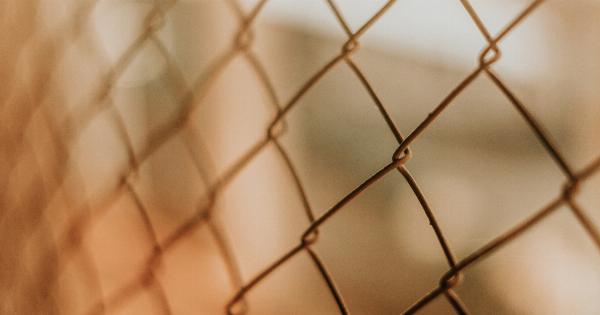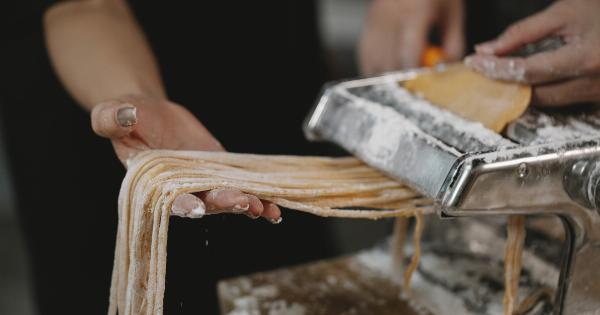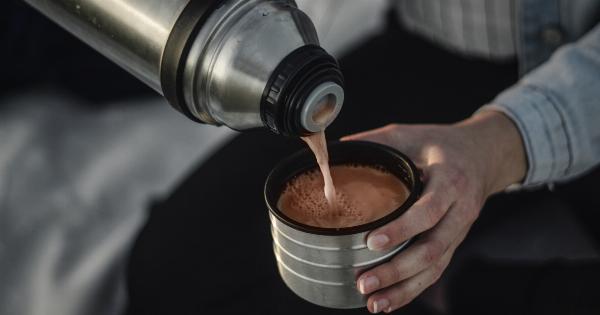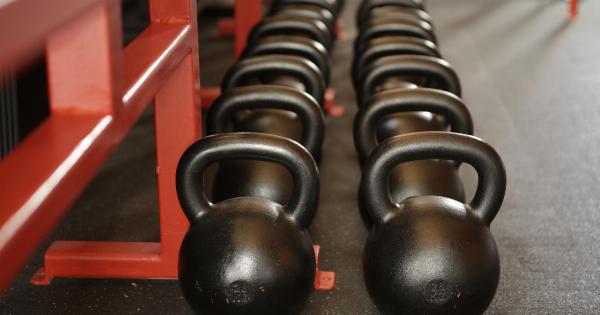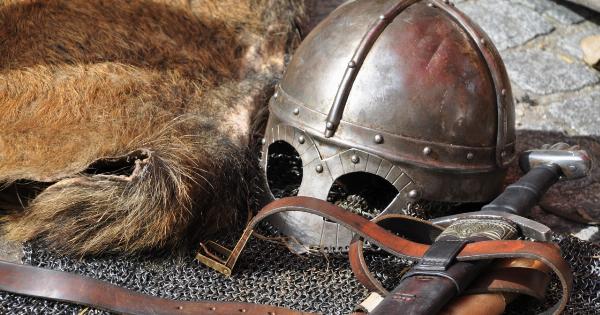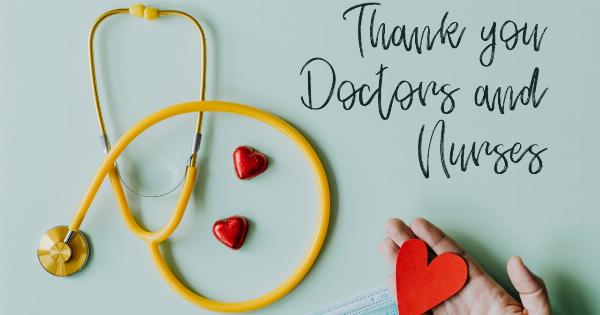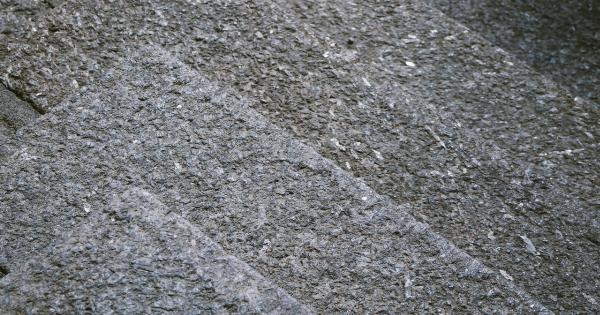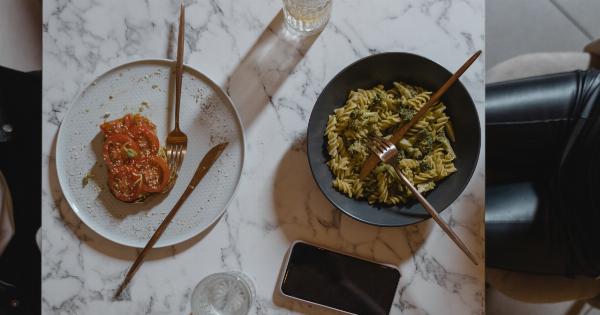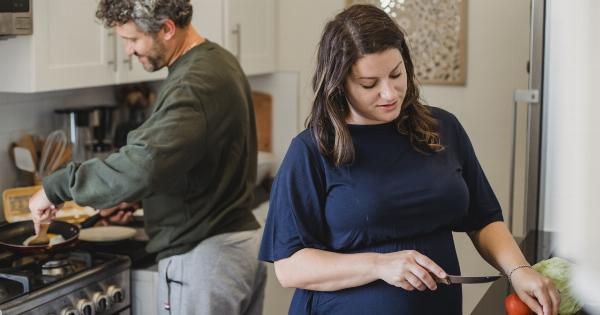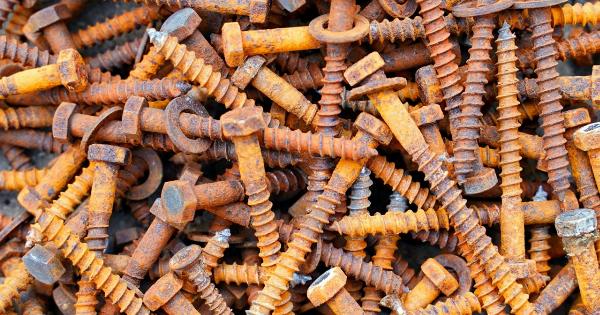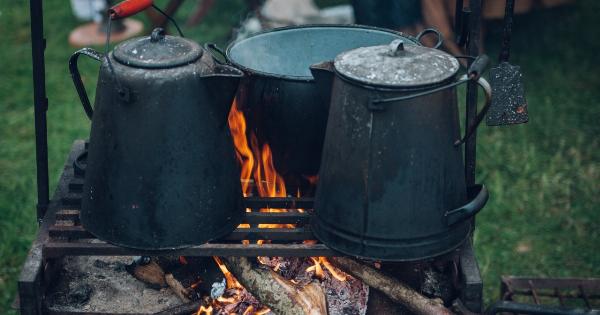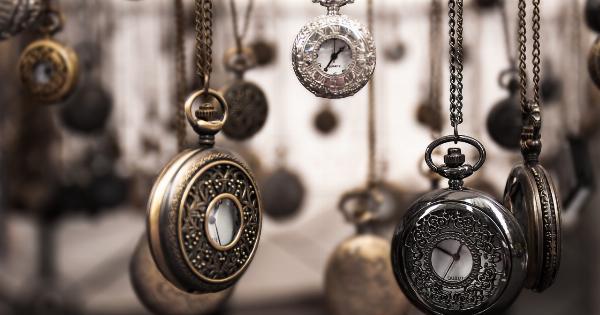Iron is an essential mineral that plays a vital role in the production of red blood cells and carrying oxygen throughout the body.
However, many people, especially women and vegetarians, struggle to meet their daily requirements of iron, leading to iron deficiency anemia. If you’re looking to boost your iron levels and maintain a healthy body, here are 10 effective ways to increase iron in your diet:.
1. Consume Iron-Rich Meats
One of the easiest ways to increase your iron intake is by consuming iron-rich meats, such as beef, pork, and lamb. These meats are excellent sources of heme iron, which is readily absorbed by the body.
Including lean cuts of meat in your diet can provide a significant boost to your iron levels.
2. Incorporate Organ Meats
Organ meats, such as liver and kidneys, are incredibly high in iron. They are also packed with other essential nutrients like vitamin B12 and folate.
Adding organ meats to your meals a few times a week can help you meet your iron requirements and improve your overall health.
3. Include Poultry
If you prefer poultry over red meat, you’ll be glad to know that chicken and turkey are also excellent sources of iron. Including white meat in your diet can be a healthier option while still ensuring an adequate iron intake.
4. Embrace Fish and Seafood
Fish and seafood, such as salmon, sardines, and shrimp, are not only rich in omega-3 fatty acids but also contain considerable amounts of iron.
Adding fish and seafood to your diet can provide a flavorful way to improve your iron levels and enhance your overall well-being.
5. Opt for Iron-Fortified Cereals
To ensure a sufficient iron intake, choose iron-fortified cereals as part of your breakfast routine. Many popular cereals are enriched with iron and other essential vitamins and minerals.
Check the nutrition labels and go for the ones with higher iron content to give yourself a morning iron boost.
6. Load up on Legumes
Legumes, such as lentils, chickpeas, and black beans, are not only a fantastic source of plant-based protein but also iron. These nutrient powerhouses are easily added to soups, stews, salads, and various other dishes.
Incorporating legumes into your diet can help increase your iron levels and promote overall health.
7. Include Dark Leafy Greens
Dark leafy greens like spinach, kale, and Swiss chard are excellent sources of non-heme iron.
Though non-heme iron is not as easily absorbed as heme iron, incorporating these nutrient-dense greens in your diet can still contribute to your total iron intake. Pair them with vitamin C-rich foods to enhance iron absorption.
8. Enjoy Iron-Rich Fruits
Certain fruits, such as strawberries, watermelon, and apricots, are not only delicious but also contain appreciable amounts of iron.
Snacking on these fruits or incorporating them into your meals and desserts can be an enjoyable way to increase your iron intake.
9. Cook with Cast Iron Cookware
Using cast iron cookware to prepare your meals can increase the iron content of your food. When cooking acidic foods in cast iron, such as tomato-based sauces, the iron from the cookware leaches into the food, providing an additional iron boost.
10. Pair Iron-Rich Foods with Vitamin C
Vitamin C enhances the absorption of non-heme iron. Incorporating foods rich in vitamin C, like citrus fruits, bell peppers, and broccoli, into your meals can help increase the bioavailability of iron.
Pairing iron-rich foods with vitamin C-rich options can optimize your iron absorption and prevent iron deficiency anemia.
Incorporating these iron-rich foods and dietary changes into your daily routine can help you increase your iron intake and prevent iron deficiency anemia.
If you suspect you may be iron deficient, consult with a healthcare professional for proper diagnosis and treatment.


